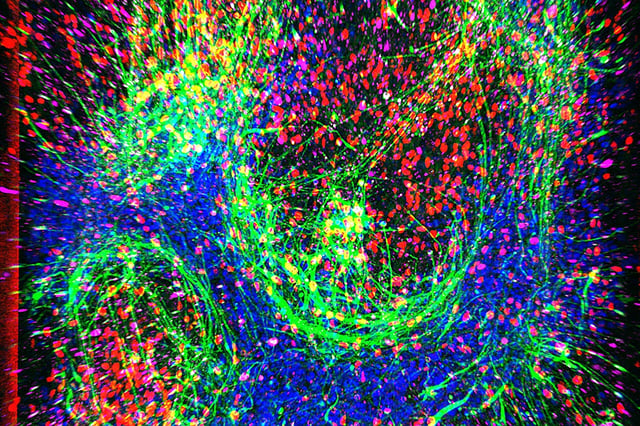Overview
- Researchers seeded iPSC-derived spinal motor neurons into top channels of a porous microchip above a lower chamber lined with blood-brain barrier cells to simulate circulation.
- Transcriptomic and proteomic analyses identified ALS-specific dysregulation in neurofilament, glutamatergic and synaptic signaling pathways within patient motor neurons.
- Motor neurons cultured under continuous fluid flow matured more completely than those in static dishes, enhancing model fidelity.
- Spinal microtissue models from ALS patients secreted elevated inflammatory proteins and exhibited progressive motor neuron death, recreating key disease hallmarks.
- High-throughput screening of 190 FDA-approved compounds in patient microtissues pinpointed a drug class that normalized inflammatory markers and improved neuron survival.

